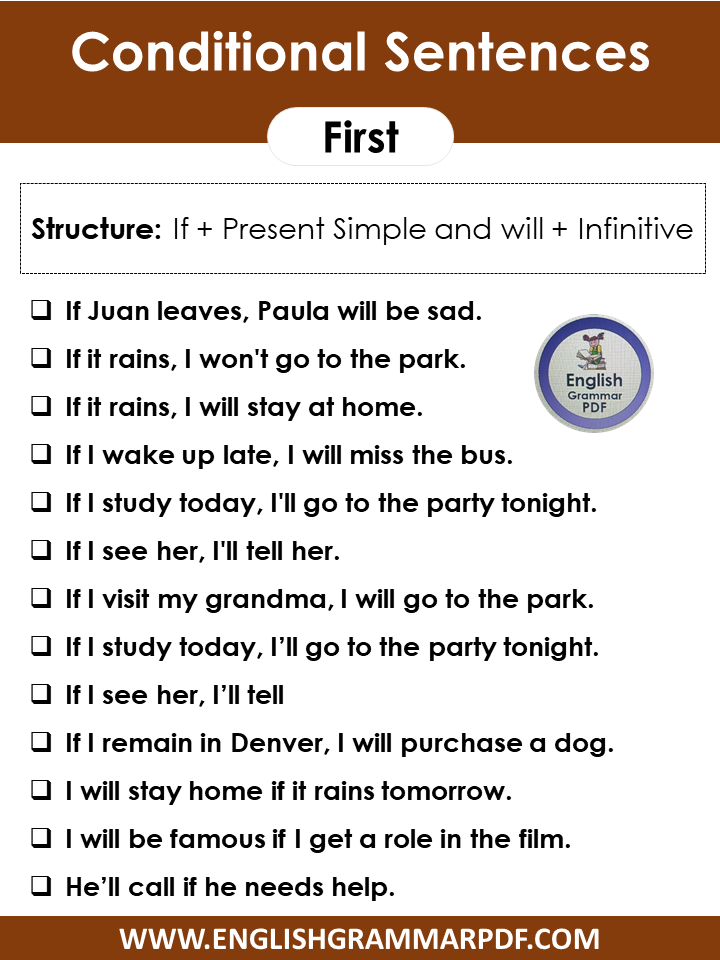Conditional sentences are a fundamental part of grammar in the English language. They are used to express a cause and effect relationship, where one action is dependent on another. These sentences are formed with an if clause and a main clause, each representing a different part of the conditional statement.
There are different types of conditional sentences, each serving a distinct purpose in conveying information. Understanding the structure and usage of these sentences is crucial for effective communication in both spoken and written English.
Example of Conditional Sentences
1. Zero Conditional: This type of conditional sentence is used to express a general truth or fact. It is structured with the simple present tense in both the if clause and the main clause. For example:
If you heat water to 100 degrees, it boils.
2. First Conditional: The first conditional is used to talk about future possibilities or likely events. It is formed with the simple present tense in the if clause and the future simple tense in the main clause. For example:
If it rains tomorrow, I will bring an umbrella.
3. Second Conditional: The second conditional is used to talk about hypothetical situations or unlikely events in the present or future. It is structured with the simple past tense in the if clause and the conditional tense (would + base verb) in the main clause. For example:
If I won the lottery, I would travel the world.
4. Third Conditional: The third conditional is used to talk about hypothetical situations or events that did not happen in the past. It is formed with the past perfect tense in the if clause and the conditional perfect tense (would have + past participle) in the main clause. For example:
If I had studied harder, I would have passed the exam.
Conditional sentences play a crucial role in expressing various ideas and scenarios in English. By mastering the different types of conditional sentences and their structures, you can effectively convey different types of information and communicate more accurately. Practice using these examples to improve your understanding and usage of conditional sentences in your everyday conversations and writing.
